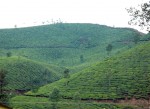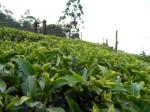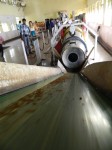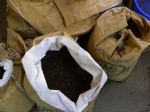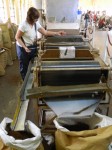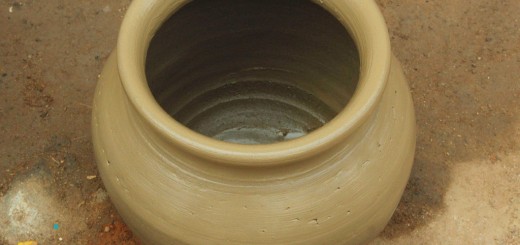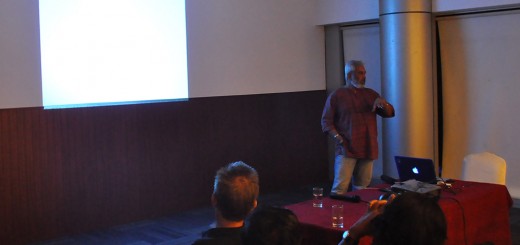A cup of tea brimming with legacy and mysteries
Do you like to have a tea? No one can avoid such a question when we are really tired. Traditionally every Indian home welcomes a guest with a cup of tea. No matter rich or poor, conference or marriage, tea will serve its role to make the reception complete. Of course tea is one among the gifts that Colonialism brought to us. Now being one of the largest tea producers of the world, the country is also known for its varieties in colour as well as in taste. However, over 70% of it is consumed by Indians themselves.
Here a common man can’t let a day go without having a tea. Even though the production of tea really took off during the British rule, when large tracts of land were converted for mass tea production and it led to the concurring of our nature by British companies, the people in the country accepted the drink and revolutionalized the tea drinking habit within no time. When we pore over, we will find that it is not the British who discovered tea in India. Tea is locally grown by Singbpo people in Assam and it was Maniram Devan who informed British about it. And later his estates were forcefully taken over by the British. Surprisingly, I heard the same story from the Munnar tea workers that it was Kannan and Devan, the two natives, informed and showed the hills to the British and later it became the tea estates of the British plantations. After the British rule in India, the tea estates were handed over to multinational companies and it happened even to Munnar tea plantations when Finlay owned it. Recently, Tata took over Kannan Devan hills plantation Pvt Ltd and claims that it has turned the firm into an employee friendly business structure.
However the conquering of British was not only the wealth of our country, their target was to identify the best fertilized land of our country. But, the worst thing happened when they left our country and the same happened with other multinational companies who were more poisonous than the British themselves. The curse happened when they owned our hills, the nature along with the tea plantations. A tea plant will last for ten tears and it is one of the profitable businesses which incur less expenditure. Moreover, the workers in tea plantation are living in abject poor conditions even though some of the plantation management is arguing that the profit is equally divided with workers in the land.
The mysteries behind….
There was a herbalist who possessed the wealth of knowledge of 84000 medicinal plants. Before he breathed his last, he could acquaint his progeny with only 62000 plants and the secrecy of the remaining herbs seemed to have been buried with the deceased. But the miracle happened and a wonderful plant grew upon his grave, which was found to possess in itself the virtues of the lost 22000 plants! That was tea, which supposedly cured a chronic illness of a court minister’s daughter and thus became a plant with lasting fame…
Tea was first mentioned in a Chinese dictionary in 350 BC and the first treatise on tea was published by Lu Yu in 780 AD. However, some Sanskrit scholars believe that the mythical Sanjeevany plant in great epic Ramayana which was brought by Lord Hanuman as an herbal remedy for the unconscious Lakshmana was actually a tea plant! Assamese medical scripture Nidana written in the 10th Centaury AD mentions about ‘Shamapaani’, the essence of ‘Shama Patra’, which is tea. Making of Tea.
Rishna K.K.
2nd yr Mass Communication












